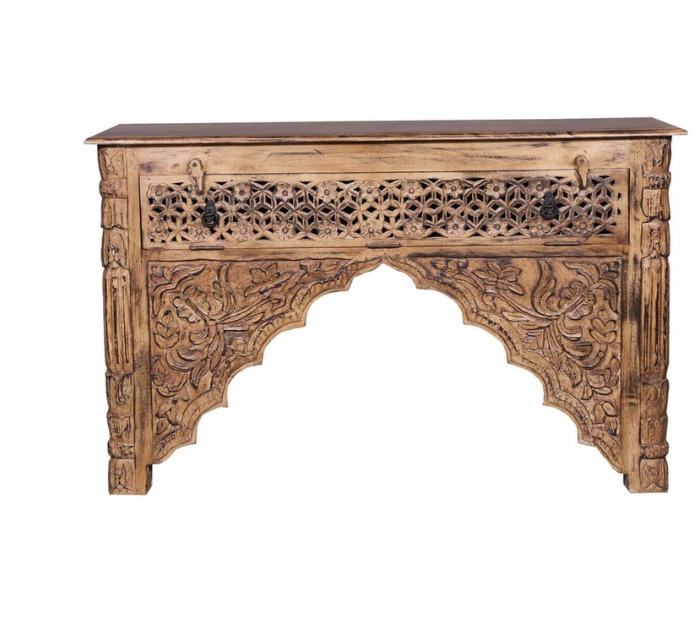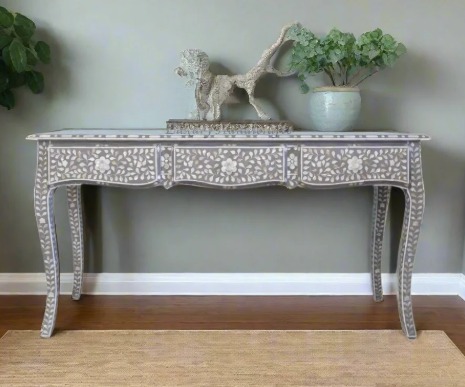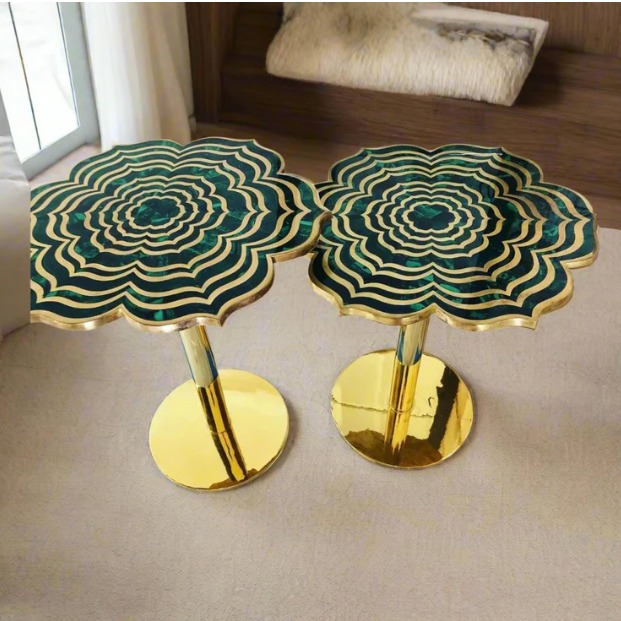The Enduring Art of Wood Handcarved Furniture

Strong 8k brings an ultra-HD IPTV experience to your living room and your pocket.
In an era defined by mass production and fast-paced consumerism, the quiet charm of handcrafted furniture continues to stand apart. Among the many artisanal traditions that have survived generations, wood handcarved furniture holds a unique place in the world of interiors—combining functional utility with intricate artistry.
A Glimpse into Tradition
The practice of carving wood into functional and decorative pieces has existed for thousands of years. From ancient palaces to village homes, handcarved furniture has been an integral part of human culture. Each piece often tells a story—not just of design preferences but also of cultural identity, local craftsmanship, and the passage of time.
Carving wood by hand is a skill passed down through generations. Unlike machine-cut furniture, these pieces are made using traditional tools such as chisels, gouges, and mallets. The process demands precision, patience, and above all, an intimate understanding of the wood’s grain, texture, and natural behavior.
What Makes Wood Handcarved Furniture Unique?
There are several qualities that distinguish handcarved wooden furniture from its mass-produced counterparts:
Individuality: No two pieces are exactly alike. Even when the design is replicated, the natural variations in wood and hand carving result in subtle, beautiful differences.
Craftsmanship: Every groove and detail reflects hours of skilled labor and artistic dedication. It is this craftsmanship that often transforms a simple chair or cabinet into a work of art.
Durability: Traditional woodworking methods and the use of solid hardwoods ensure that these pieces are not only aesthetically pleasing but also built to last for generations.
Sustainability: Many wood handcarved furniture makers prioritize responsibly sourced wood and eco-friendly finishes, making these pieces a sustainable choice in a world dominated by disposable decor.
Common Types of Handcarved Wood Furniture
While wood carving can be applied to almost any type of furniture, some pieces are more commonly associated with the style:
Carved Cabinets and Sideboards: These often feature floral motifs, geometric patterns, or cultural symbols, making them both functional and decorative.
Wooden Chairs and Benches: Whether for dining or lounging, handcarved chairs often incorporate ornate backs or legs, blending comfort with style.
Coffee Tables and End Tables: Smaller furniture items like tables provide an excellent canvas for intricate woodwork without overwhelming a space.
Headboards and Bed Frames: In bedrooms, carved wood adds a sense of luxury and tradition, turning the bed into a statement piece.
Global Influences and Regional Styles
Different cultures have developed their own carving techniques and design sensibilities over time. Indian wood handcarved furniture, for example, often features detailed floral or paisley motifs and is deeply influenced by Mughal and Rajasthani art. In contrast, European styles may reflect Gothic or Baroque influences, with heavy, ornate carvings and dark finishes.
Southeast Asian countries like Indonesia and Thailand also boast strong carving traditions, often using teak and other tropical hardwoods to create elaborate, symbolic designs rooted in spirituality and folklore.
Incorporating Handcarved Furniture into Modern Interiors
One might think that handcarved wood furniture belongs only in traditional or vintage-themed interiors, but that’s far from the truth. When styled correctly, these pieces can add warmth, texture, and personality to even the most modern spaces.
Minimalist settings can benefit from a single carved console or coffee table, adding an artistic focal point without clutter.
Boho and eclectic styles are a natural fit for carved furniture, especially when mixed with textiles, plants, and earthy tones.
In luxury interiors, a handcarved headboard or cabinet can provide a sense of grandeur and timeless appeal.
Caring for Wood Handcarved Furniture
While handcarved furniture is often made from sturdy hardwoods, proper care ensures its beauty lasts for decades:
Avoid direct sunlight to prevent fading or drying.
Dust regularly using a soft, dry cloth to maintain the intricate carvings.
Use natural wax or oils occasionally to nourish the wood and bring out its natural sheen.
Keep away from moisture, especially in joints and carved areas where water can seep in and cause damage.
Investing in More Than Furniture
When you purchase or commission a piece of wood handcarved furniture, you're doing more than buying décor—you’re supporting craftsmanship, heritage, and sustainable artistry. These pieces are often the result of countless hours of work, embodying skill, passion, and a deep respect for natural materials.
In a world saturated with quick solutions and temporary styles, wood handcarved furniture offers permanence, meaning, and a unique sense of connection to human creativity. Whether it’s a simple wooden stool or a grand armoire, every carved piece stands as a quiet testament to the beauty of slow, intentional design.
Note: IndiBlogHub features both user-submitted and editorial content. We do not verify third-party contributions. Read our Disclaimer and Privacy Policyfor details.




